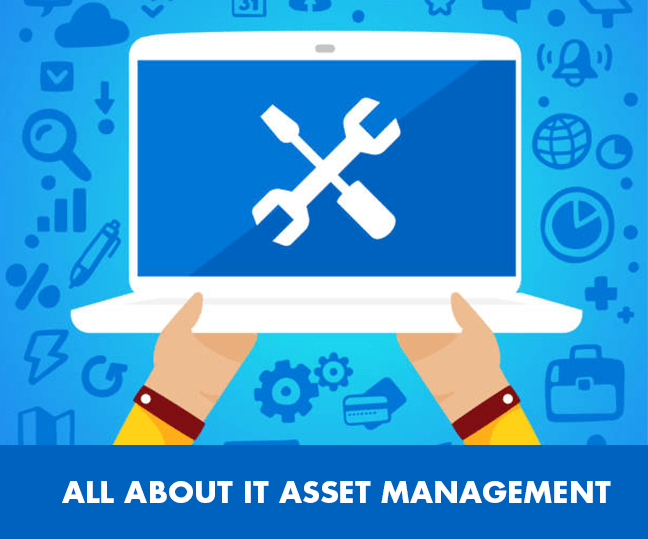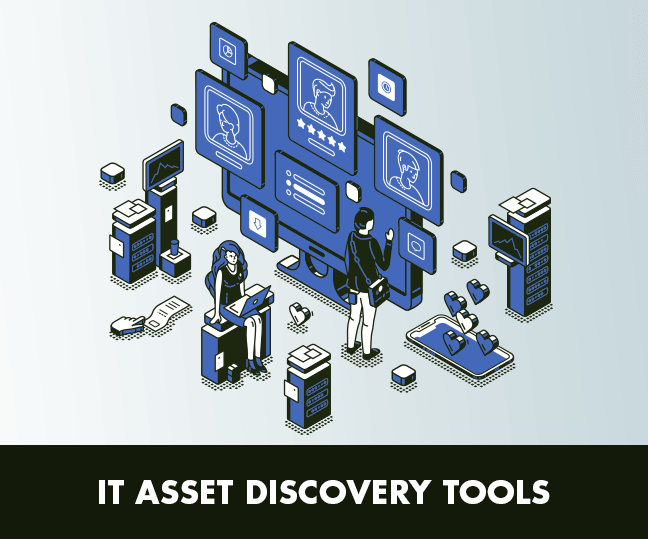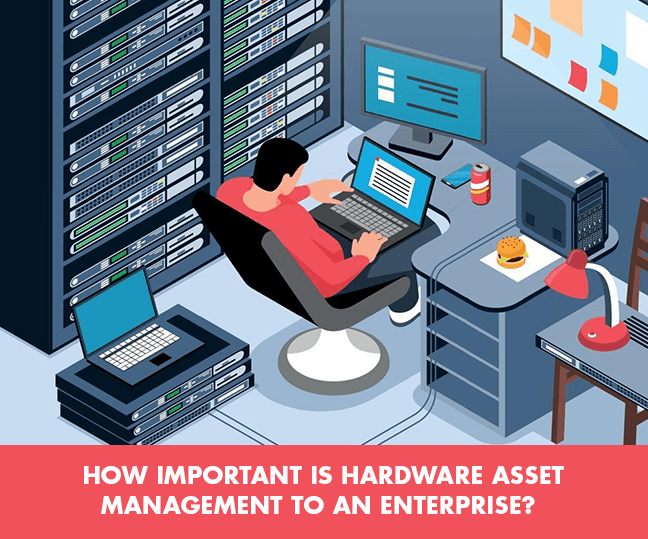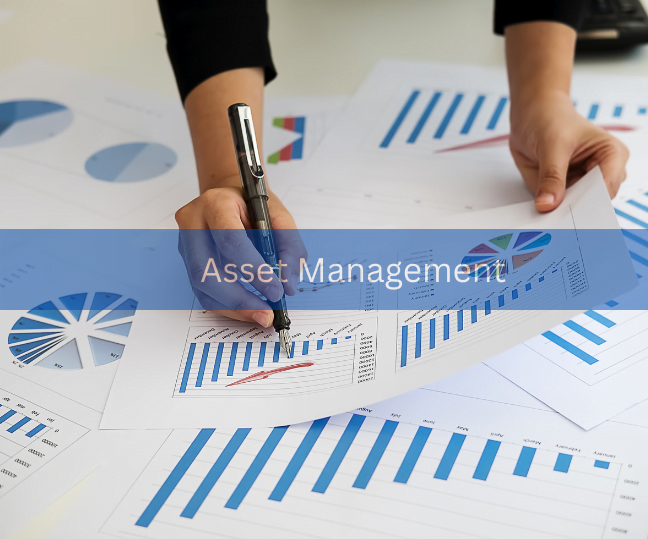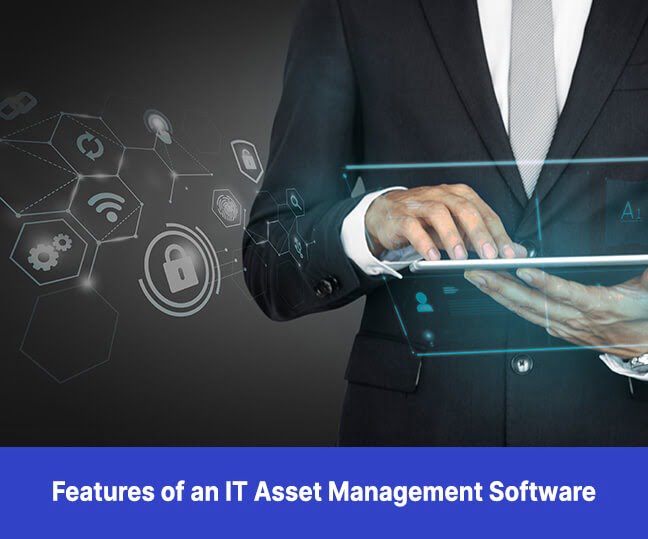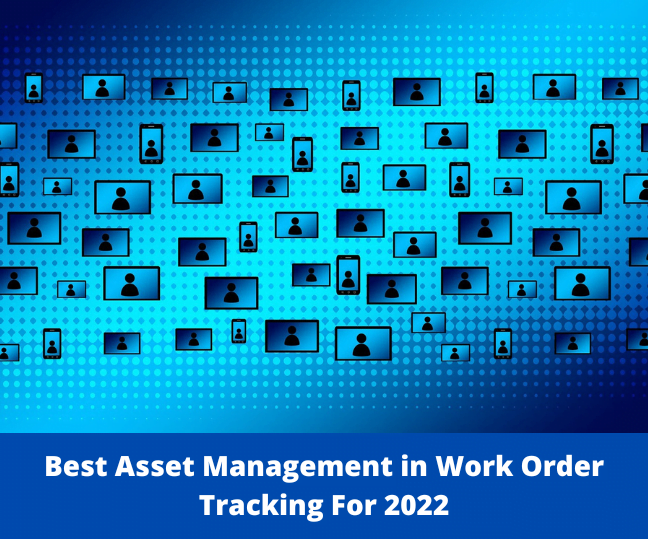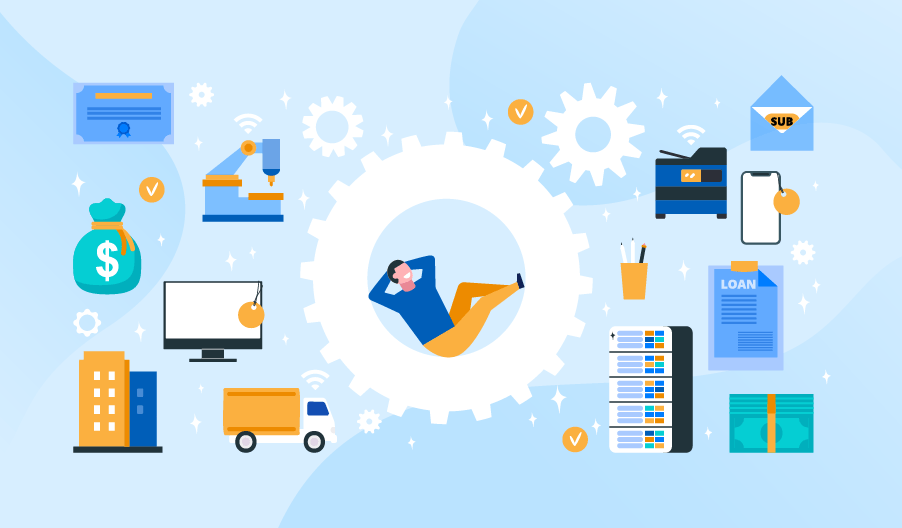IT enterprises use a variety of network, software, and hardware assets. IT asset management refers to the practices that are involved in managing the life-cycle of these assets and as a result reducing enterprise expenditure on assets.
What is IT Asset Management?
IT asset management or ITAM refers to a large gamut of activities including financial, inventory-related, and contractual practices which help to manage and maintain the IT assets of an enterprise. These IT assets can include the information owned by a company, its software, its network assets as well as its hardware assets.
Now. automated IT asset management software is also available which can centralize and track all the IT assets of an enterprise. The software has IT asset discovery tools that can be deployed first to identify all IT assets of the enterprise. Then IT asset inventory management software tools and IT asset management tools can be deployed to keep the IT assets at maximum operational productivity.
Why ITAM is important
ITAM is a continuous system that can have an important impact on reducing financial overheads and improving operational efficiency
- ITAM helps to reduce the unnecessary purchase of assets due to proper maintenance and use of existing assets
- ITAM also plays an important role in improving return on investment from assets by increasing their lifespan
- Software licensing and other regular asset updates can also be followed up on time to avoid loss of working hours
- Cyber-security practices and regulatory requirements can be met on time without compromising enterprise security or incurring excess legal fees
- Major software migrations or network and hardware updates can be tracked and executed more effectively with the help of an IT asset control software
- ITAM systems also record issues with each asset and their resolution thus providing a better understanding of what the IT department or division needs in order to improve and get better results
- ITAM systems can even go a long way in reducing the theft or loss of various IT assets
IT Asset Management Best Practices
Some of the best IT asset management practices include the discovery of assets, tracking asset security, and policy compliance checks. ITAM practices also include producing metrics and statistics related to enterprise IT operations. This helps to identify and eliminate security risks, improve the lifespan of assets with proper maintenance systems, and also to identify potential cost-saving measures in asset management.
Different types of IT Asset Management?
There are different types of IT asset management targeted toward different types of IT assets:
- Physical ITAM – This generally includes the management of inventory asset management along with the installed software of the different hardware assets used in an organization like PCs, laptops, and printers.
- Digital ITAM – This form of asset management deals with the tracking, storage, and management of all forms of digital data produced by an organization including digital documents, photos, videos, and scanned digital copies

- Software ITAM – This is one of the most complex as well as important processes of IT asset management that involves the upkeep of the software services of an enterprise. The licensing agreements for different software and the regulatory compliance requisites need to be constantly tracked and updated. Shadow IT or the downloading of some other software on the enterprise systems without the knowledge of the ITAM teams is another important issue to look out for as it can seriously compromise enterprise security.
- Mobile device ITAM – Now smartphones have increasingly become integrated into organizational workflows and IT asset management teams need to look into their maintenance and software management as well, especially with the risk for Shadow IT downloads being very high on mobile devices.
- Cloud ITAM – This is an often ignored but important part of ITAM because a shift to cloud storage may require the elimination of certain hardware elements and the introduction of new software with licensing requisites
IT Asset Management Processes
ITAM is an ongoing process that involves a few different steps that have to be constantly repeated. The first step is to identify the kind of IT assets required by the enterprise and to come up with the estimated cost of ownership of those assets. Once this is done then the enterprise can perform a cost comparison analysis of different brands and product alternatives to find one that best suits their needs.
This is followed by the actual procurement of the IT assets- this may involve hardware purchases or software licensing agreements. Then these acquired assets have to be integrated into the operational workflow of the enterprise. The next steps are regular tracking and maintenance of the different IT assets to maximize asset utilization during their lifecycle.
Finally, once the assets have exhausted their use or reached their end of life, they have to be eliminated and replaced with new assets. Organizations can also migrate to new kinds of software or hardware or upgrade their existing services.
The Benefits of IT Asset Management
The facilities asset management software provides to an enterprise include:
Increased employee productivity
Better regulatory compliance
Lower security risks
Reduction in expenditure on assets
Better financial decision-making with regard to asset procurement and management
ISO Standards for IT Asset Management
The International Standards Organization gives 5 universal standards for ITAM.
ISO 19970 – 1 refers to the general ITAM corporate standards.
ISO 19970 – 2 provides the standard for software data identification tags used in ITAM.
ISO 19970 – 3 gives the standard for the licensing measurement and rights entitlement on software.
IS0 19970 – 4 is the standard for resource utilization figures of an organization. Lastly
ISO 19970 – 5 explains the vocabulary associated with ITAM standards. IT asset management software is exceptionally important to keep an organization operating at its top efficiency. It also contributes to the financial health of an enterprise by reducing asset failures and removing asset-related workflow disruptions along with unplanned asset procurement.






.svg)


